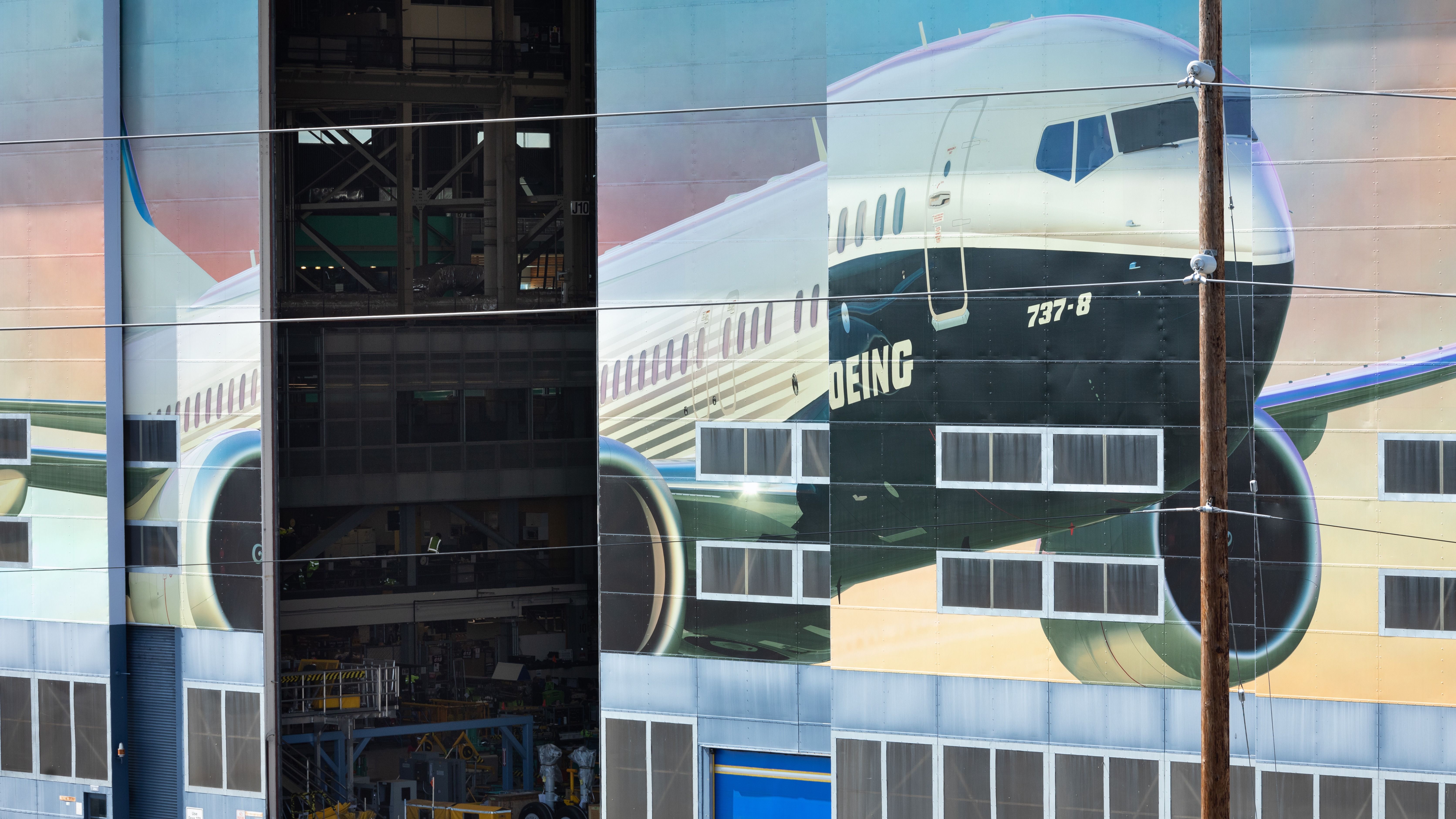How Will Boeing's Boosted Production Rates Shape Its H2 2025 Outlook?

Understanding Boeing's Production Strategies and Future Outlook
Boeing Aerospace, a key player in the aerospace industry, is showing signs of recovery as it moves into the latter half of 2025. With a steady production rate of 38 jets per month and plans to increase to 42, the company is gaining momentum amidst a challenging landscape. Analysts have adjusted their expectations positively, crediting improved production rates and cash flow for this optimistic outlook. However, uncertainties linger regarding the certification timelines for Boeing's 737 MAX 7 and MAX 10 models, which have been pushed to mid-2026. Despite this, the robust order backlog for the MAX 8 and MAX 9 models appears to mitigate potential setbacks. This article delves into Boeing's production strategies, the implications for the airline industry, and the financial outlook for the company.
Boeing's Commitment to Increased Production Rates
As Boeing seeks to ramp up production, the goal of achieving 42 jets per month by the end of the year is a significant milestone. This is a remarkable turnaround from the production inconsistencies the company faced in previous years due to various challenges, including safety concerns from two tragic crashes and regulatory scrutiny. Boeing’s leadership has expressed a strong commitment to increasing production while maintaining quality and safety standards.
CEO Kelly Ortberg has emphasized the company’s focus on restoring trust while navigating a complex global environment. The challenge, however, remains in securing regulatory approvals, which are vital for increasing production rates without compromising on quality. The sentiment from Boeing's management suggests a high degree of confidence in their ability to meet these regulatory requirements, which will be critical for satisfying the growing demand from airlines.
Benefits for Airlines Amidst Steady Production Timelines
The recent improvements in Boeing's production rates bring several benefits to airlines. With more predictable delivery timelines, airlines can effectively plan their operational schedules. This predictability allows airlines to retire older aircraft and avoid costly short-term leasing options. The operational efficiency gained from a more reliable supply chain can translate into significant cost savings for carriers, enhancing their profitability.
Although the certification delays for the MAX 7 and MAX 10 models might cause some operational friction, many airlines are already adapting. For instance, United Airlines is considering replacing its MAX 10 orders with MAX 8 or MAX 9 models, showcasing flexibility in their fleet management strategies. This adaptability reflects the airlines’ confidence in Boeing’s ability to deliver alternative models in a timely manner.
Incremental Improvements in Long-Haul Aircraft Production
In addition to the narrowbody aircraft, Boeing has made incremental improvements in the production of long-haul models like the Boeing 787 Dreamliner and Boeing 777. Although delivery delays have occurred, they are generally short-term and not indicative of a systemic issue. This improvement in production figures provides airlines that rely heavily on Boeing aircraft greater operational certainty.
Financial Implications of Boeing's Production Increases
The financial ramifications of Boeing's production ramp-up are significant, particularly as the company aims to stabilize its cash flow going into 2026. Despite anticipating net cash outflows in the latter half of 2025, management is optimistic about transitioning to positive cash flows in the following year. This positive outlook is supported by the increased production rates and the strong demand for the 737 MAX family of aircraft.
Since the beginning of the year, Boeing shares have experienced a notable increase of 31.31%, reflecting growing investor confidence, despite facing tariff-related uncertainties. Analysts project average price targets in the range of $230 to $250, with a majority rating the stock as a strong buy. However, despite this optimism, Boeing has not yet turned a profit this year, leading to some investor hesitance.
The Current Market Sentiment and Investor Concerns
Investor sentiment towards Boeing remains mixed. While the stock has shown significant growth, it continues to trade at a negative price-to-earnings multiple, indicating caution among investors. Approximately 2.27% of Boeing's shares are currently sold short, reflecting skepticism about the company's short-term profitability and operational recovery. This juxtaposition of optimism and caution highlights the complex dynamics at play in Boeing's market performance.
Conclusion: Boeing's Path Forward in 2025 and Beyond
Boeing’s commitment to increasing production rates and improving delivery timelines is crucial for the company’s recovery and future success. As it navigates regulatory challenges and continues to address safety concerns, the outlook for the second half of 2025 appears more promising. By adapting to the evolving needs of airlines and improving its operational efficiency, Boeing is positioning itself to regain its footing in the aerospace market. Nonetheless, maintaining investor confidence and ensuring profitability will remain key challenges as the company moves forward.
FAQs
What is Boeing's current production rate for its jets?
Boeing is currently producing 38 jets per month and aims to increase this to 42 jets per month by the end of 2025.
What are the implications of the certification delays for Boeing 737 MAX 7 and MAX 10?
The certification delays for the MAX 7 and MAX 10 models could create friction in delivery schedules, but airlines are already considering alternative models to mitigate this impact.
How has Boeing's stock performed this year?
Boeing shares have risen by 31.31% since the beginning of the year, although the company has not yet turned a profit, leading to mixed investor sentiment.
What are analysts' expectations for Boeing's stock in the coming months?
Analysts have generally rated Boeing's stock as a strong buy, with average price targets ranging from $230 to $250.
As Boeing strives to enhance its production capabilities and restore trust among stakeholders, how do you think the company can further improve its market position in the competitive aerospace landscape? #Boeing #AerospaceIndustry #AircraftProduction
```Published: 2025-08-19 04:30:13 | Category: Trump GNEWS Search



